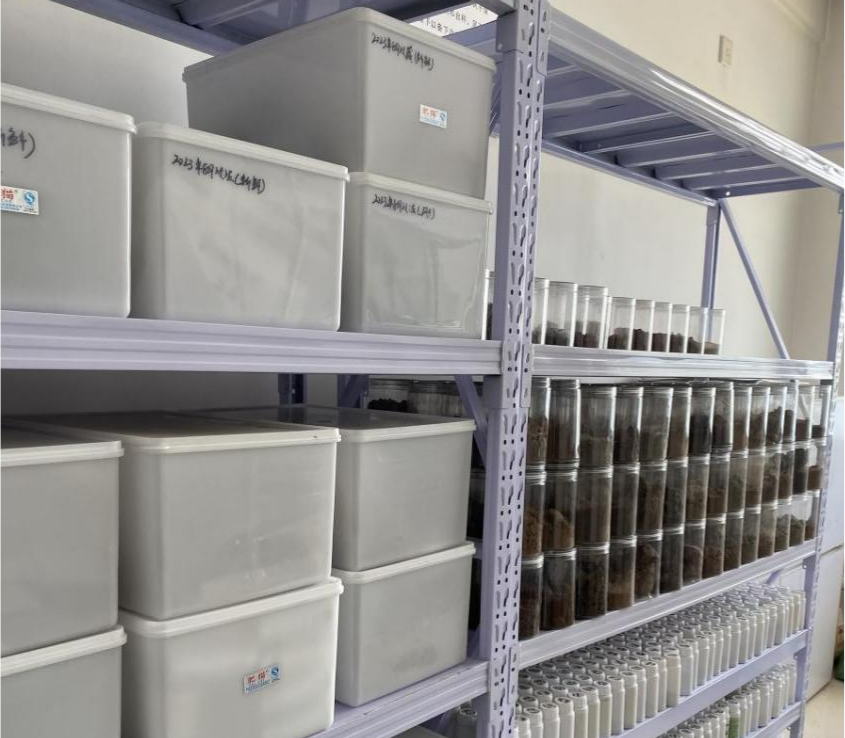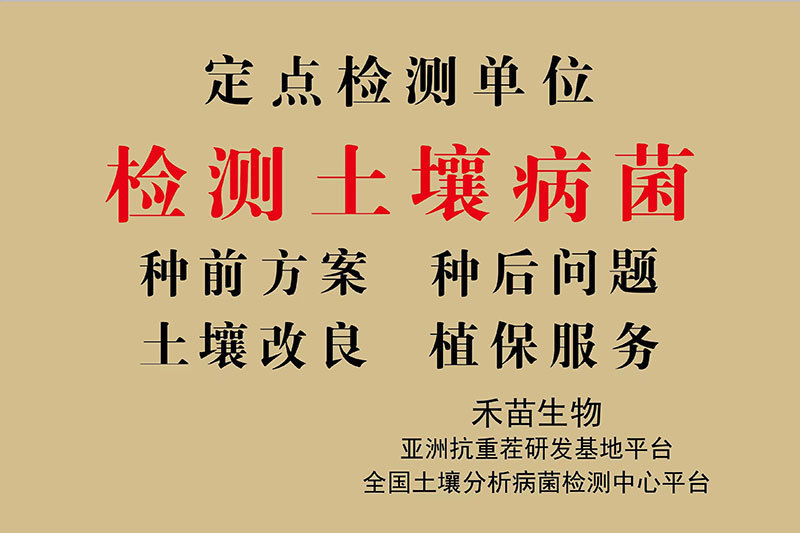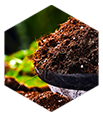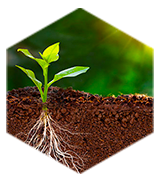Soil pathogens, pesticide residues,
and element detection
Establish a national database of problematic soils. By accumulating and analyzing data, we can determine the soil values suitable for the healthy growth of various plants and the soil value ranges associated with various crop diseases. This allows for accurate forecasting, prediction, prevention, resolution, and treatment of problems, filling the gap in the country's lack of a problematic soil database.
Relying on the problematic soil detection and analysis laboratory, we analyze the detection data of problematic soil samples to build a digital database of problematic soils, enabling targeted remediation. Based on the determination results of key indicators such as soil pathogens and physicochemical degradation, through retrieval and comparison, we quickly identify the cause and extent of soil diseases, achieving "precise diagnosis" and "symptomatic treatment", and quickly repairing common soil problems.

Soil sample collection sites

Provinces, municipalities, and autonomous regions

Each soil sample is preserved

Soil preservation period
The company has established more than 3,000 soil sample collection sites, covering more than 30 provinces, municipalities, and autonomous regions, including Henan, Hebei, Shandong, Liaoning, Hunan, and Hainan. Free soil testing is conducted nationwide, and a national problem soil bank has been established to collect problem soil samples mailed by customers.
Soil samples are preserved using two methods: fresh preservation and air-dried preservation. Three preservation methods are used for each: room temperature, refrigeration, and freezing. Each soil sample is divided into 6 portions for preservation. By using different humidity and temperature conditions for preservation, we strive to preserve as much soil information as possible for a 20-year period, providing specimens for future analysis and testing.



Plant detection
Plant disease specimen detection flowchart as follows

Reception of Visitors Regarding Plant Disease Problems

Inspection by experts in the laboratory

Expert consultation and demonstration of the treatment plan

Provide targeted treatment plans and products






